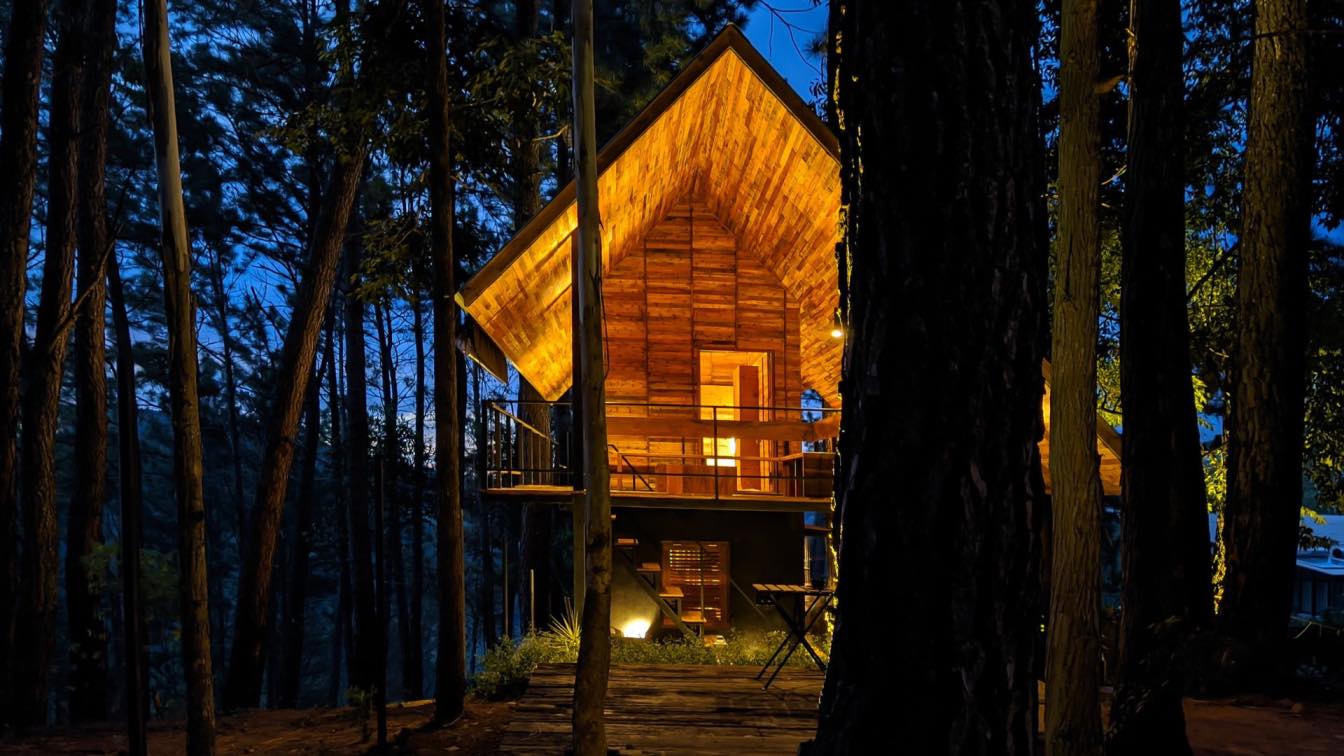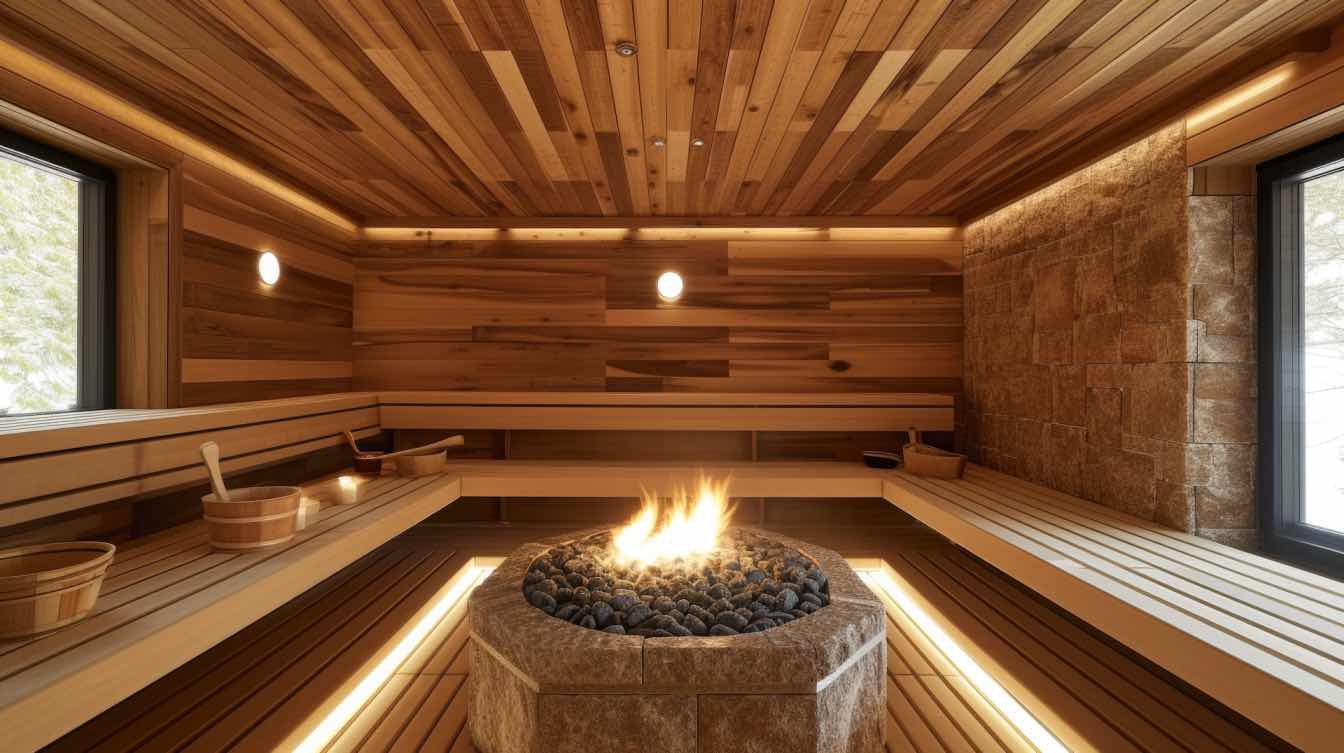The impacts of climate change are being experienced across the globe in a variety of ways. In Australia, for example, architects have been working tirelessly to design modern homes that are better equipped to withstand the threat of bushfires. Homeowners may also find themselves clearing tall trees from their property, adding extra cladding to their homes, and taking other measures to make sure that they can reduce risks of property damage and injuries in the event of a natural disaster.
But are these surface-level measures enough to help you and your family adapt to the evolving effects of climate change? And are there more cost-effective measures to help redesign your home for climate change? Today, we’ll be outlining some easy and effective steps you can take to help you and your family stay safe and comfortable in the years to come.
Flood, fire, and storm proofing
As one significant impact of climate change is an increasing risk in experiencing natural disasters, homeowners are advised to first and foremost, assess and finalise their building insurance. This is paramount to ensuring that you and your family can maintain some level of financial protection in the event of an insured event causing damage to your property. It’s common for these particular insurance policies to provide cover in the event of a natural disaster like a flood or bushfire. Your policy is likely to also cover damage resulting from a fallen tree or other damage that may arise during adverse weather like storms. Be sure to read through your selected policy carefully, however, just to make sure you’re covered for all the highest risk factors facing your property, as well as for the costs of repairs and cleaning.
Insurance is also just one half of the equation. Families can help reduce the risks of experiencing property damage or injuries during natural disasters and adverse weather conditions by equipping their home to combat these events. When looking to stormproof your home, for instance, assessing the health of your roof should be a priority, as cracks or gaps in your roof caulking can lead to water damage and perhaps even further structural damage down the road.
As for flood proofing your home, it’s common for homeowners living in rural neighbourhoods to build flood walls or levees to keep rising floodwaters at bay. For suburban homes, we recommend looking into your local flood catchment areas and assessing the risk of floods to your property based on its proximity to these catchments. If you believe your risk of experiencing flooding has elevated, then it may be worth taking flood protection measures yourself and reassessing your family’s home and building insurance policies.
Invest in solar energy for your home
When adapting to climate change, it’s important to consider measures for boosting the energy efficiency and sustainability of your home alongside making structural improvements. After all, curbing the negative impacts of climate change requires both businesses and consumers to consume consciously, and reduce our reliance on fossil fuels.
With this, one of the best methods to help prepare your property for a climate-conscious future, is investing in solar energy. Installing solar panels onto your property can help you not only cut your household energy usage down significantly, but may also help the impacts of climate change work for you. If you’re living in a region that’s projected to receive more direct sunlight hours than your historical average, then installing solar panels on your home can be a superb way to harness all this extra solar energy to help power temperature control appliances in your home like fans or air conditioners.
Excess solar energy can also be sold back to your local electricity grid, allowing you and your household to make a positive contribution in the transition from reliance on fossil fuels to the widespread adoption of renewables. Selling your solar energy back to your local grid will also naturally provide your household with an additional income stream, making this move a certifiable win-win.
 image © Nikita Kapiturov
image © Nikita Kapiturov
Passive heating and cooling
As we mentioned, temperature regulation in built environments is a growing concern in the face of climate change. Whilst it may be possible to use renewable energy to power appliances like heaters and air conditioners in smaller homes, larger properties and even commercial buildings may be more difficult to cater for with just solar energy alone.
Thankfully, there are some architectural design secrets that can be used in the design of new homes and other buildings to minimise heat build-up in built interiors. By designing modern buildings with passive cooling techniques in mind, future generations can enjoy naturally cooler interiors without having to run their air conditioners.
But how does passive cooling work? There are actually a number of different ways to harness the power of passive cooling in your own home. For starters, installing shades or awnings over windows can help reduce the overall amount of light and thus heat, from entering your home’s interiors. Similarly, planting tall trees in your garden space can also help provide shade for your home.
Using heat-resistant or heat-storing materials to help reduce the heat entering your home can also be highly effective. The best materials to use for thermal mass include concrete, stone, and other heavy or dense materials that can effectively absorb any external heat.
Passive heating and cooling can also consider solar orientation to help reduce your home’s exposure to harsh afternoon sunlight. For instance, designing your home to boast more east-facing windows to increase exposure to easterly morning sun can help reduce heat build-up passively, making designing with solar orientation another superb passive cooling method.
As you can see, adapting your home to climate change involves so much more than lowering your household’s carbon footprint. The increasing risks of falling victim to natural disasters as a direct result of climate change should be prompting families from all corners of the globe to act now. By following the tips we’ve outlined above, you can help make sure that both your property and your family stay safe in the face of adverse weather and the other effects of climate change.





